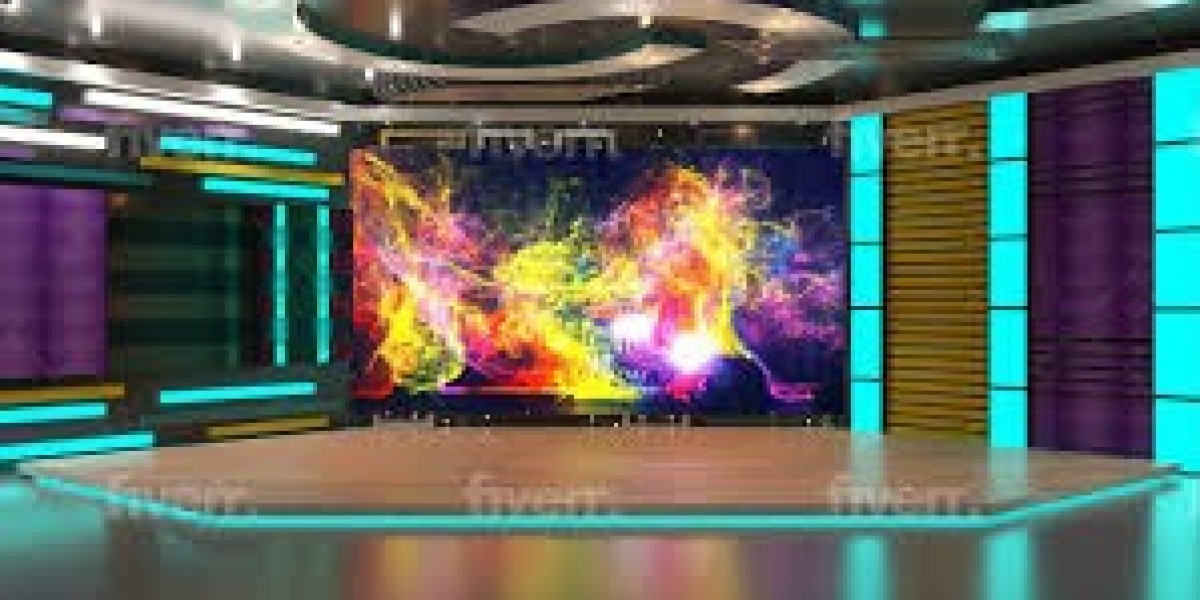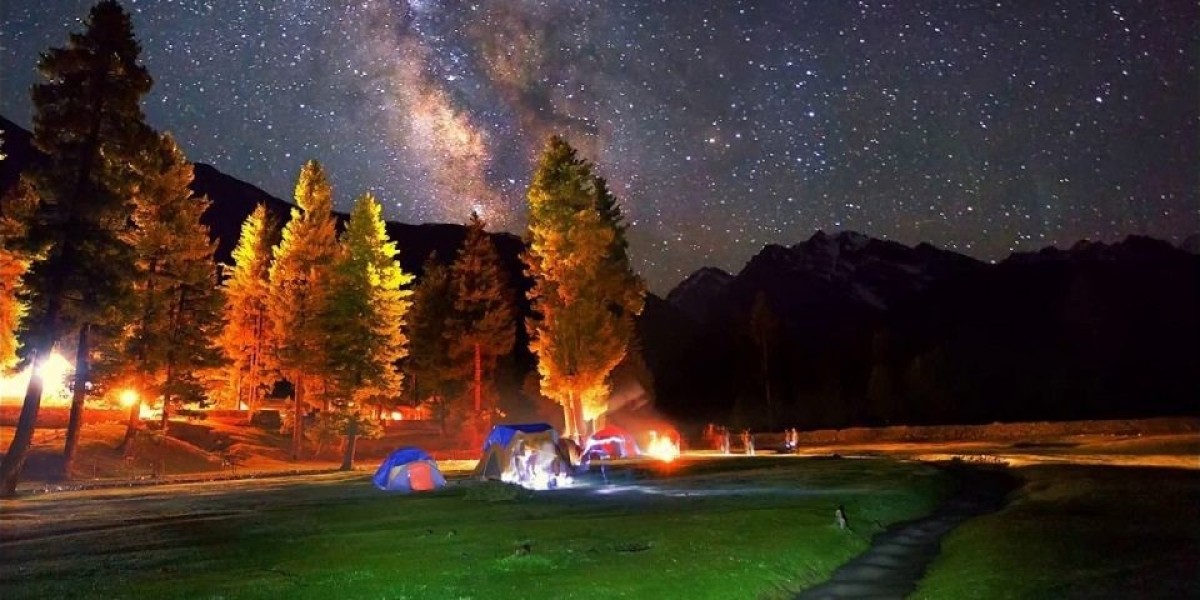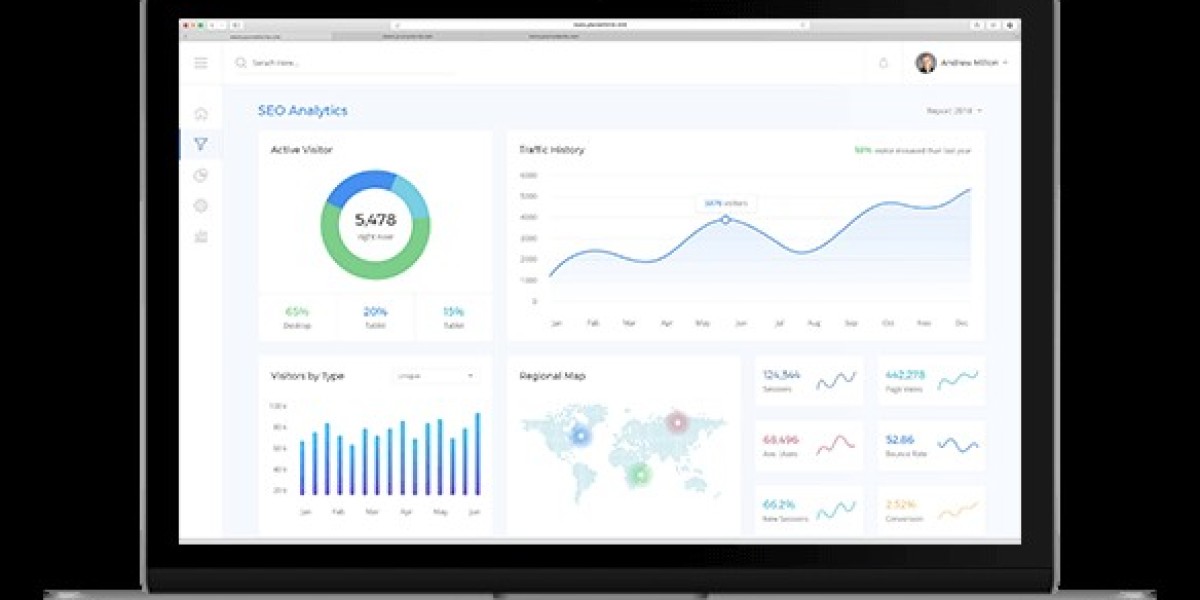In the dynamic world of event planning and management, creating memorable experiences is the ultimate goal. Whether it’s a corporate conference, a music festival, or a wedding celebration, the success of an event often hinges on how well attendees are engaged and immersed in the experience. One powerful tool that is revolutionizing the event industry is venue visualization. In this article, we’ll explore the concept of venue visualization and delve into how it can elevate events to new heights.
What is Venue Visualization?
Venue visualization is the process of using advanced technologies such as virtual reality (VR), augmented reality (AR), and 3D modeling to create immersive representations of event spaces. Instead of relying solely on traditional floor plans and sketches, event planners can now offer clients and attendees a realistic preview of what the venue will look like, long before the actual event takes place.
Imagine being able to walk through a conference center, explore a wedding venue, or experience a concert hall — all from the comfort of your own home. With venue visualization, this is now possible. By harnessing the power of cutting-edge technology, event planners can provide stakeholders with a comprehensive understanding of the layout, design, and ambiance of a space, allowing for better decision-making and enhanced event experiences.
Enhancing Event Planning and Design
One of the primary benefits of venue visualization is its ability to streamline the event planning and design process. Instead of relying on 2D floor plans and static images, planners can create dynamic, interactive representations of event spaces that allow for greater creativity and collaboration.
For example, a wedding planner can use VR technology to design the perfect layout for a ceremony and reception, allowing clients to see exactly how different elements such as seating arrangements, decor, and lighting will come together. Similarly, a corporate event planner can use 3D modeling to visualize booth layouts and traffic flow, ensuring a seamless experience for attendees.
By giving stakeholders the ability to virtually “walk through” the venue and make real-time adjustments, venue visualization enables more informed decision-making and ultimately leads to more successful events.
Improving Client Communication and Engagement
Another key advantage of venue visualization is its ability to improve communication and engagement with clients. Instead of relying on verbal descriptions and static images to convey their vision, event planners can use immersive technology to provide clients with a truly immersive experience.
Imagine being able to put on a VR headset and step into your dream wedding venue, complete with personalized decor, lighting, and entertainment options. With venue visualization, clients can actively participate in the planning process and make informed decisions about every aspect of their event.
Not only does this lead to greater client satisfaction, but it also helps to build trust and confidence in the planning process. Clients can see exactly what they’re getting before the event even takes place, reducing the likelihood of misunderstandings or last-minute changes.
Creating Memorable Attendee Experiences
Ultimately, the success of any event depends on the experience it delivers to attendees. Venue visualization plays a crucial role in creating memorable experiences by allowing planners to design immersive environments that captivate and engage guests.
For example, a music festival can use AR technology to create interactive maps that guide attendees to different stages and attractions, while also providing information about upcoming performances and activities. Similarly, a trade show can use VR technology to create virtual product demonstrations and simulations, allowing attendees to experience products in a way that was never before possible.
By harnessing the power of venue visualization, event planners can push the boundaries of creativity and innovation, delivering experiences that leave a lasting impression on attendees long after the event is over.
The Future of Event Planning
As technology continues to evolve, the possibilities for venue visualization are virtually limitless. From VR-powered virtual tours to AR-enhanced event experiences, the future of event planning is undeniably exciting.
However, it’s important to remember that technology is just one piece of the puzzle. While venue visualization can enhance the planning process and create immersive experiences, it’s ultimately the creativity, passion, and expertise of event planners that bring events to life.
As we look to the future of event planning, let’s embrace the potential of venue visualization to unlock new possibilities and create unforgettable experiences for clients and attendees alike. With the right tools and imagination, the sky’s the limit for what we can achieve in the world of events.








